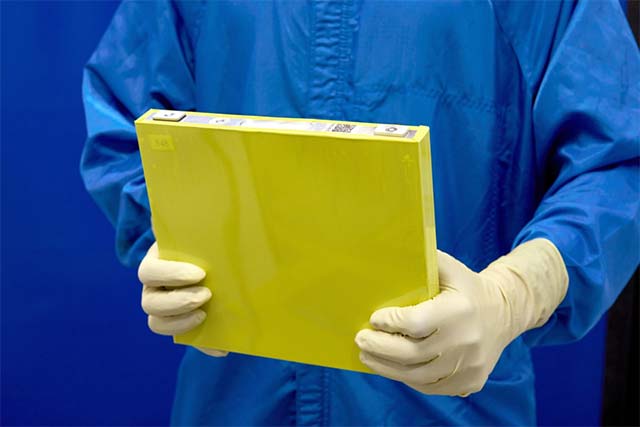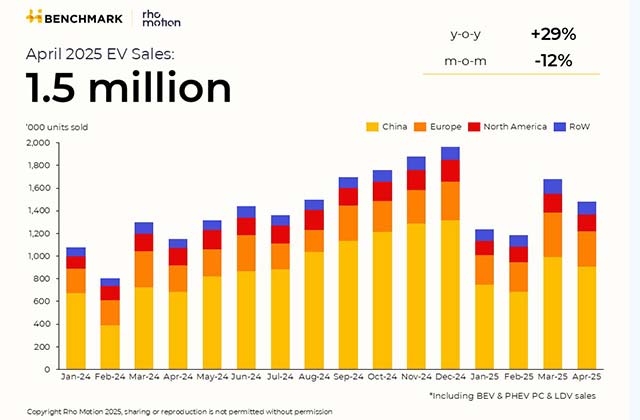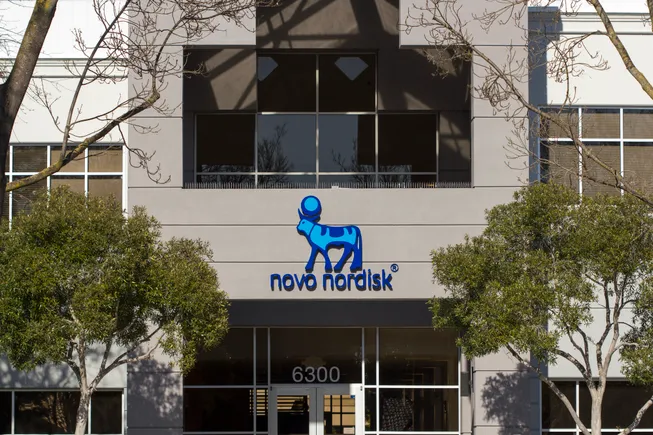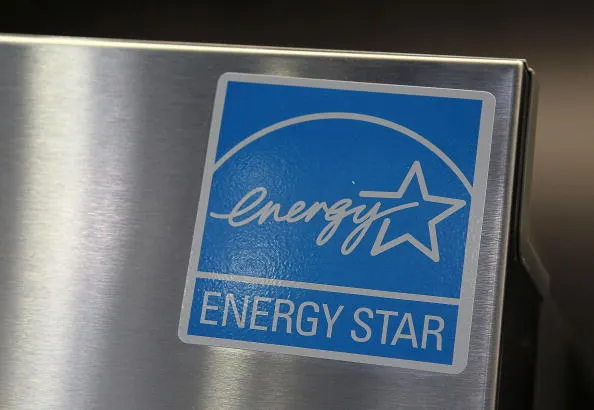Pore Sieving and Surficial Charge‐Driven Desolvation for High Spatial Charge Density Carbon Cathodes in Zinc‐Ion Hybrid Capacitors
Advanced Energy Materials, EarlyView.

A dual-regulation strategy integrating pore architecting and surface charge modulation is engineered in multi-channeled carbon nanofibers, enabling efficient electric double layer compacting and interfacial [Zn(H2O)6]2+ desolvation for high spatial density charge storage. Consequently, the zinc-ion hybrid capacitors based on the carbon nanofibers deliver a battery-level energy density of 170.2 Wh kg−1 with retained high-power outputs.
Abstract
Aqueous zinc-ion hybrid capacitors (ZIHCs) have emerged as a sustainable energy storage technology. However, the slow diffusion of large solvated Zn2+ within nanopores and the restriction on the electric double layer (EDL) thickness limit the spatial charge density in carbon electrodes. Herein, multi-channel porous carbon nanofibers (MC-PCNFs) are designed with customized porosity and high-charge-density interfaces to facilitate rapid [Zn(H2O)6]2+ desolvation and compact EDL formation. The designed hierarchical hollow structure maximizes ion accessibility, while precisely tuned 1.07 nm pores enable direct [Zn(H2O)6]2+ adsorption onto catalytic desolvation sites, significantly reducing the desolvation energy barrier. The resulting ZIHCs achieve a high reversible capacity of 221 mAh g−1, a battery-level energy density of 170.2 Wh kg−1 (based on cathode materials), outstanding long-term cycling stability (>90,000 cycles, 98.7% retention), and practically high areal capacities. Through in/ex situ spectroscopy, theoretical calculations, kinetic analysis, and electrochemical quartz crystal microbalance (EQCM) analysis, the charge storage and interfacial desolvation mechanisms are comprehensively elucidated. This study provides a scalable and effective strategy for catalytic desolvation and high spatial charge density engineering, paving the way for next-generation high-energy, long-cycle-life ZIHCs.
















































































































































